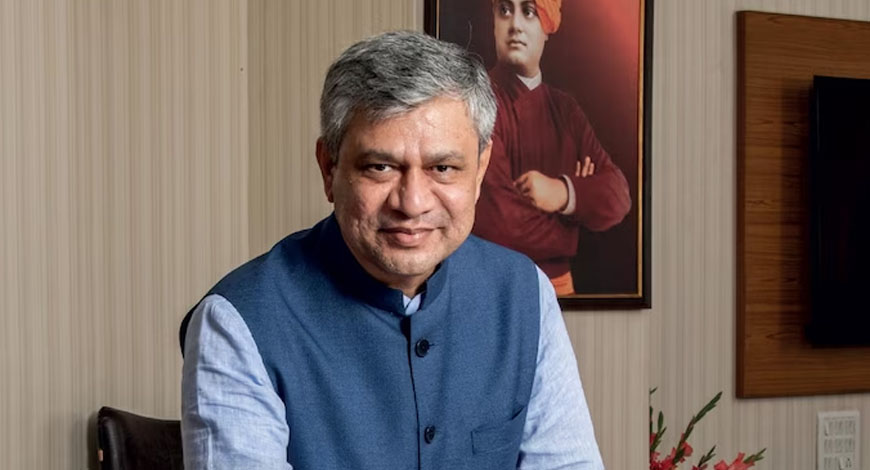5G
India makes strides in 5G manufacturing, exporting to 72 countries

As much as 80 per cent of telecom equipment used in 5G rollout of India was locally manufactured, and the country currently exports such products to 72 countries, Ashwini Vaishnaw, Union minister of communications and information technology said on Friday.
“We are competing on equal terms (in quality) with the best manufacturers in the world. The companies are developing local intellectual property in India. Cost is a factor in many consumer items. But this is a particular sector in which your customer experience can take a big hit if your quality is not good,” he said.
The minister’s comments came days after the Telecom Regulatory Authority of India (TRAI) came up with recommendations on promoting Networking and Telecom Equipment Manufacturing in India. The regulator had found that manufacturing telecom hardware in countries such as China leads to 12-13 per cent lower cost, despite the government’s production-linked incentive scheme in India.
In financial year 2022-23, India exported network equipment worth only around Rs 173 crore.
“There are so many companies who have started design and manufacture in India and today they have become exporters of equipment. Indian designed and manufactured telecom equipment is exported to a total of 72 countries today,” Vaishnaw said at a press meet on the sidelines of India Mobile Congress.
On semiconductor manufacturing, the minister said at least three players were in advanced talks with the government for building a chip plant in India.
“Today, the discussions are that half of the semiconductor market will consist of 40-60 nanometers compound semiconductors. It has applications ranging from electric vehicles, mobile towers to airplanes. We must carefully work and take lead in such rapidly growing segments,” Vaishnaw said.
‘12-18 months transition period for Digital Personal Data Protection Act unreasonable’
Meanwhile, when asked about the enforcement timeline of the Digital Personal Data Protection Act, 2023 enacted in August this year, the minister said companies should be ready to comply with the law, as they already comply with legislations like Europe’s General Data Protection Regulation (GDPR).
“We have consulted with practically every company, and they are very happy with the law. Already the draft rules are ready, the rule-making process is practically complete, and very soon we will publish the rules for public consultation. The digital architecture which is required for the Data Protection Board is also in a very good process,” Vaishnaw said.
The Act provides broad principles of data protection, but the way of implementation and the exact processes will be “as may be prescribed” in the rulebook. The law has defined 26 matters on which the government can make rules to enforce the provisions of the Act. Vaishnaw clarified that all the rules will be notified together unlike previous speculations that suggested a few important rules may get notified initially.
Meanwhile, he also asked social media platforms to be more responsive on matters like child abuse content.
“We have to make sure that all the platforms are keeping the internet safe and are making sure that whatever is not supposed to be there on the internet shouldn’t be there. The idea that a platform has no responsibility for the content cannot be unfettered or unlimited. Platforms will have to be responsible for what they are publishing. That stage has come,” the minister said.
He added that all social media platforms have almost 100 per cent compliance with content takedown orders by the government but globally there were calls for stronger content moderation by platforms on their own.
“Today every platform has a team that basically looks at the content which is posted. Time has come when societies across the world are demanding that the moderation process should be further strengthened. There are countries which have already legislated on this matter,” Vaishnaw said. Business Standard















You must be logged in to post a comment Login